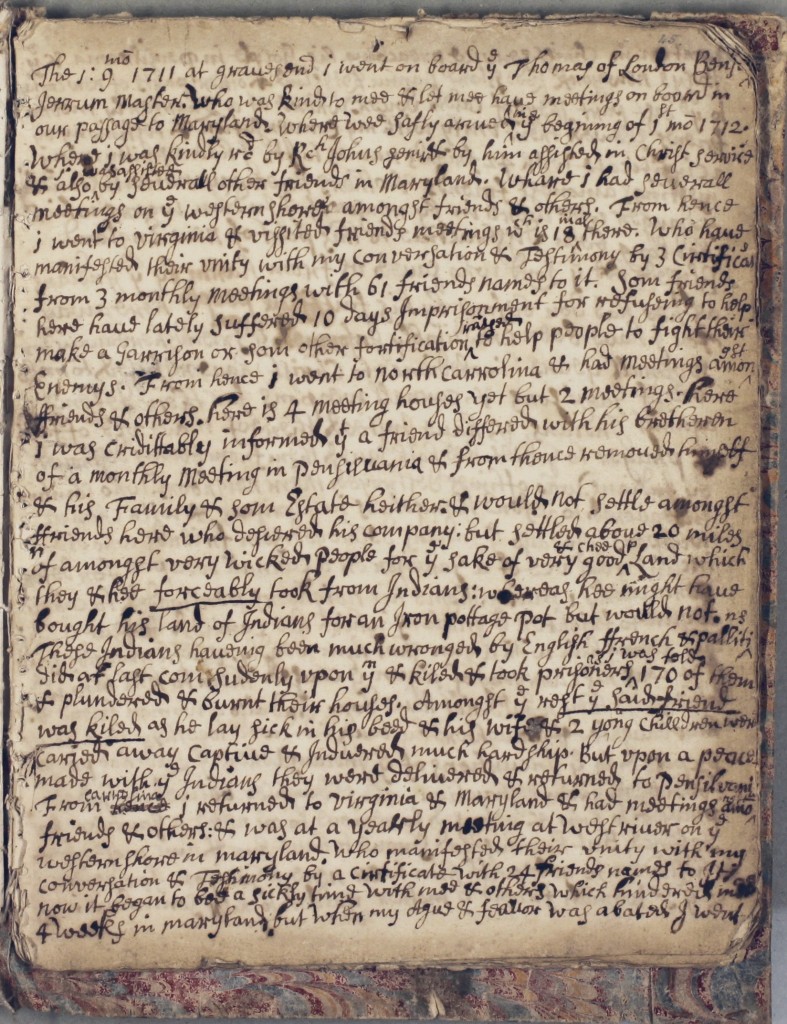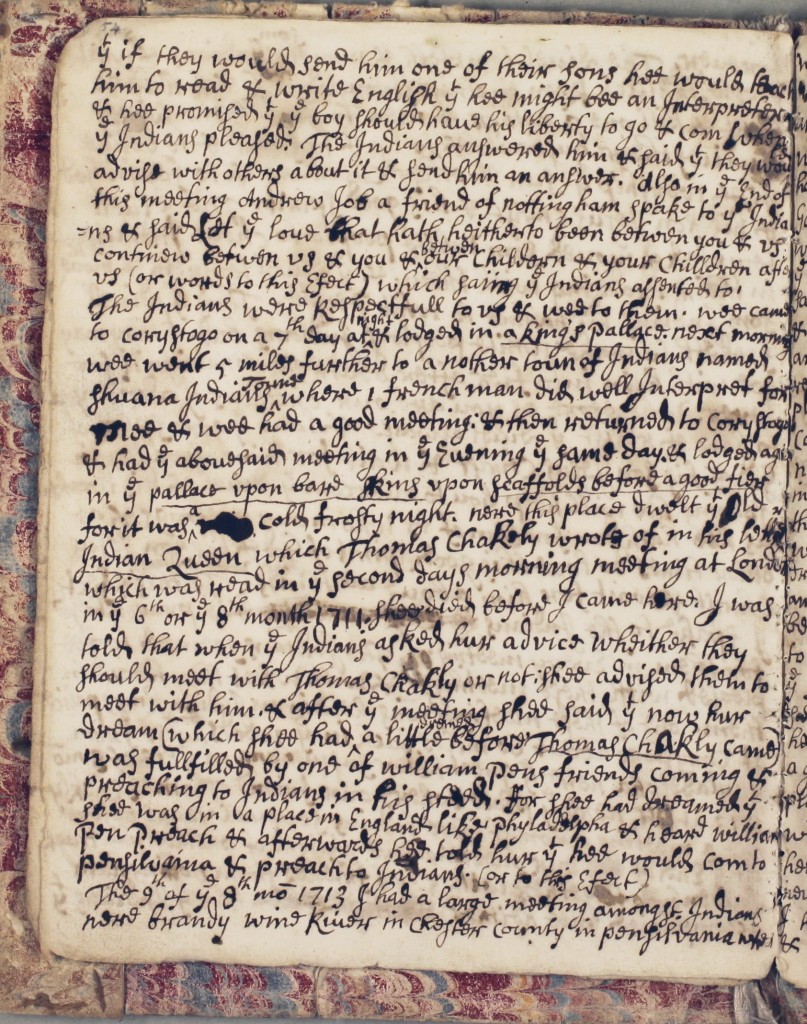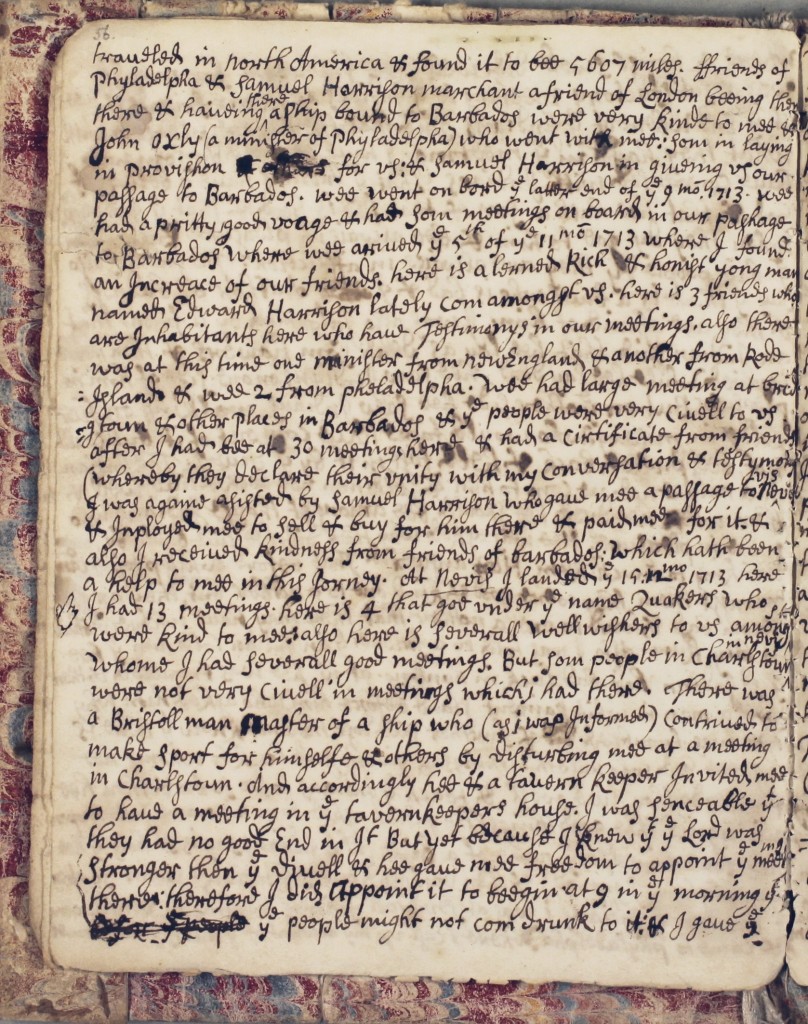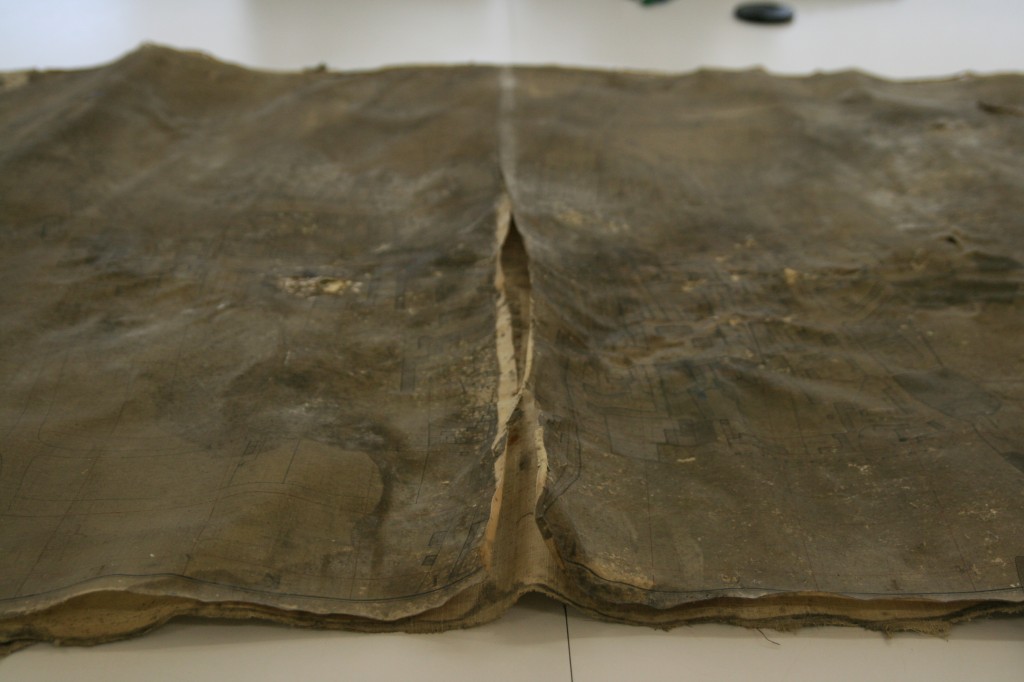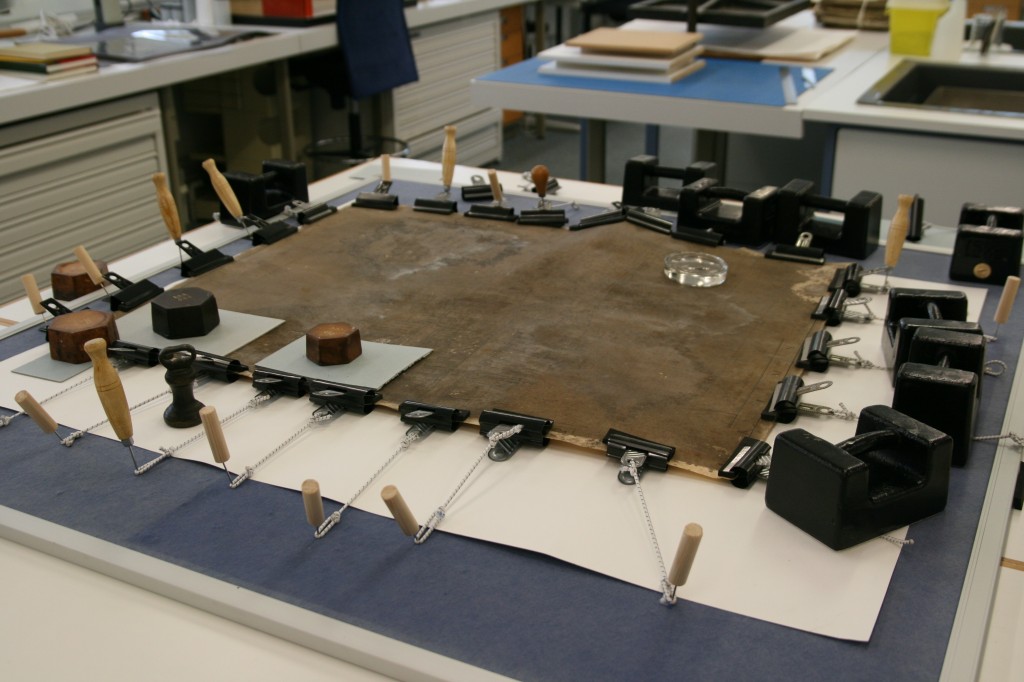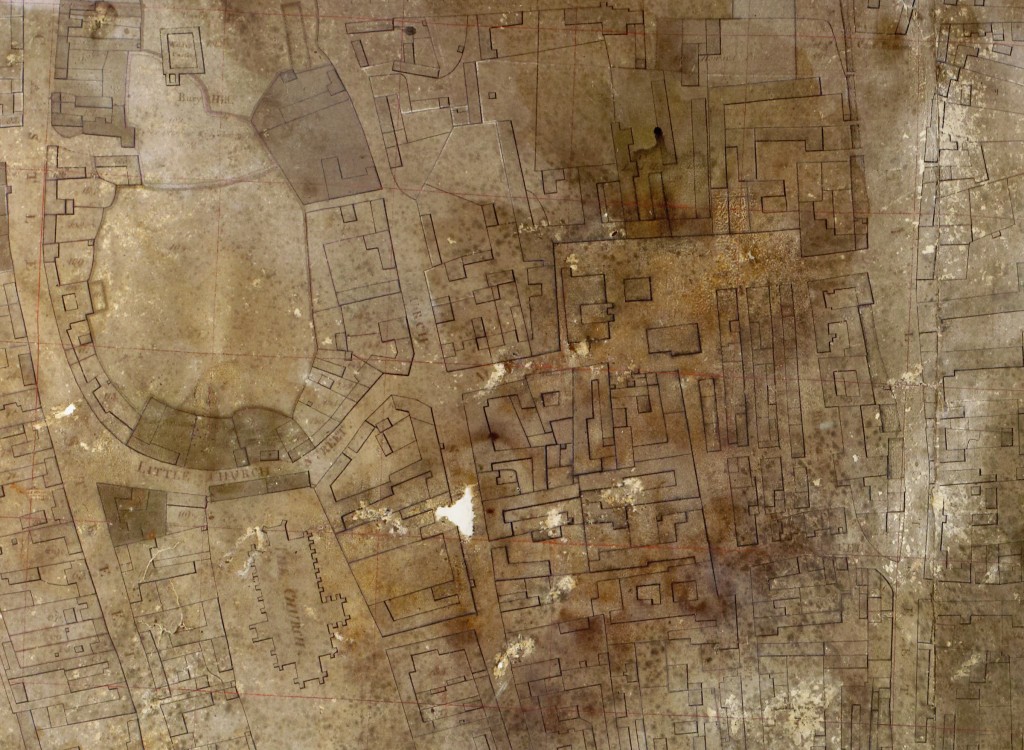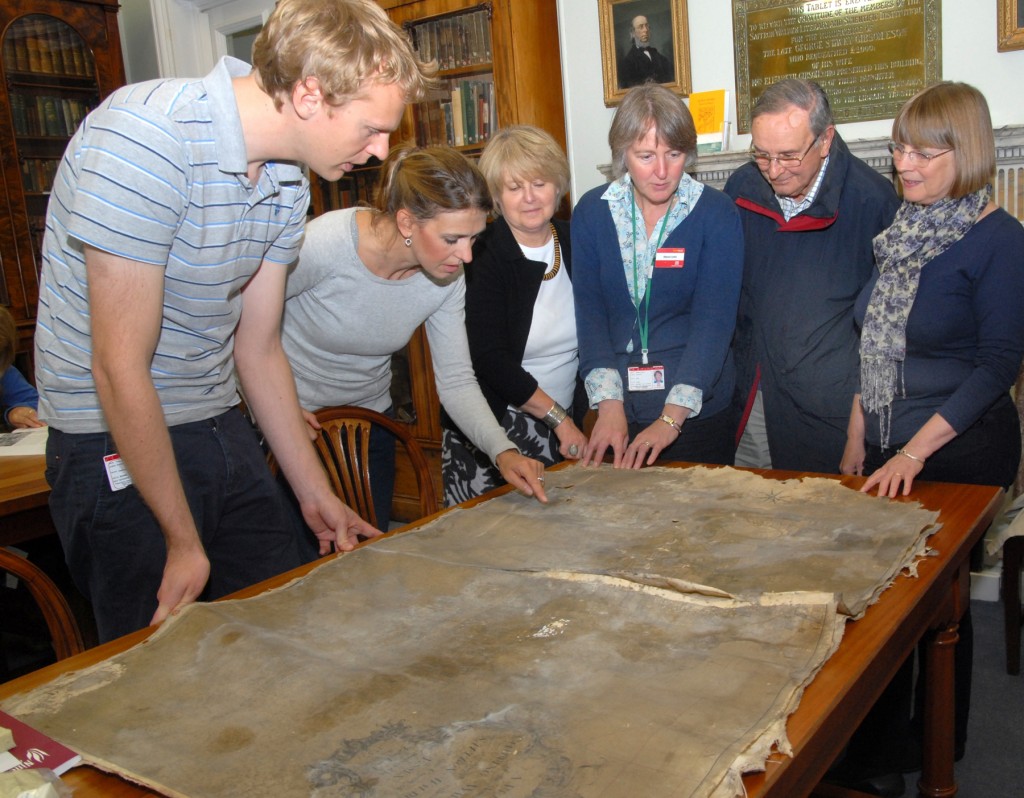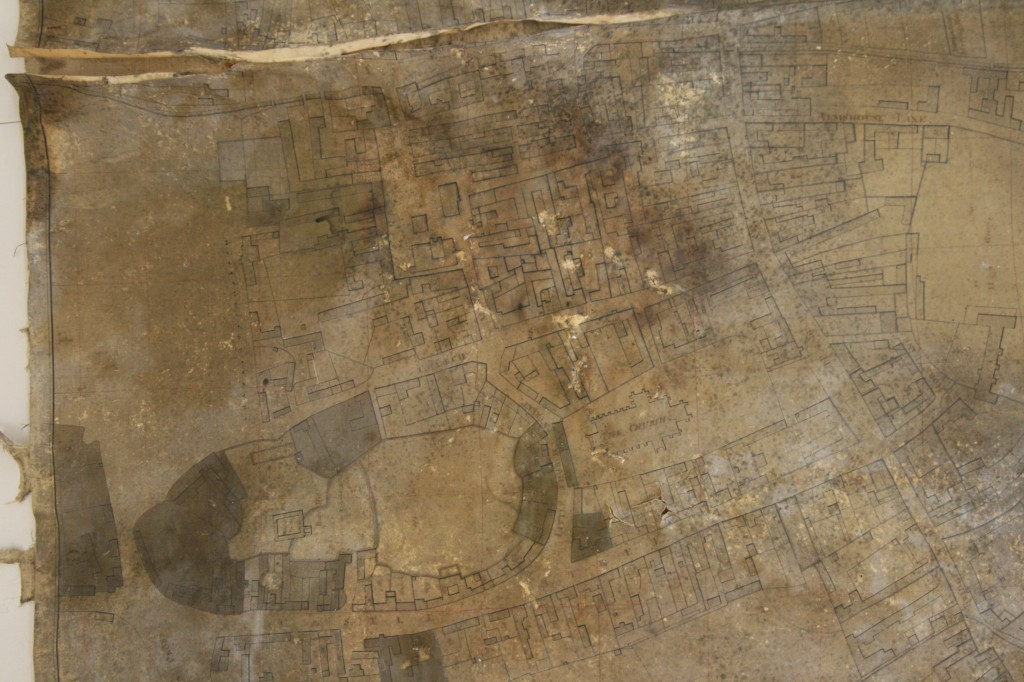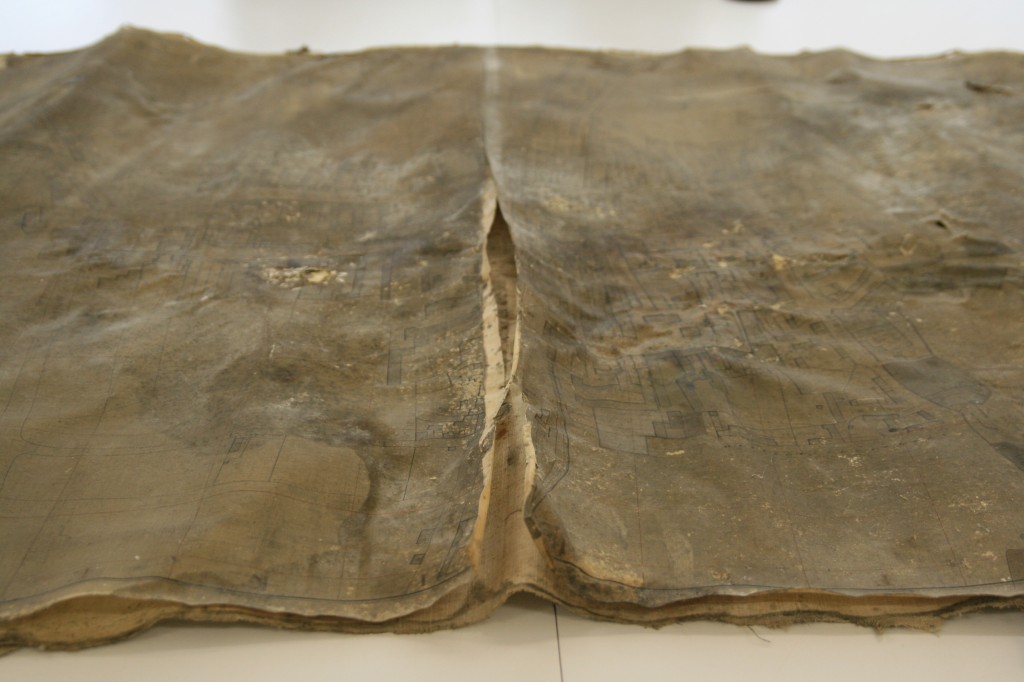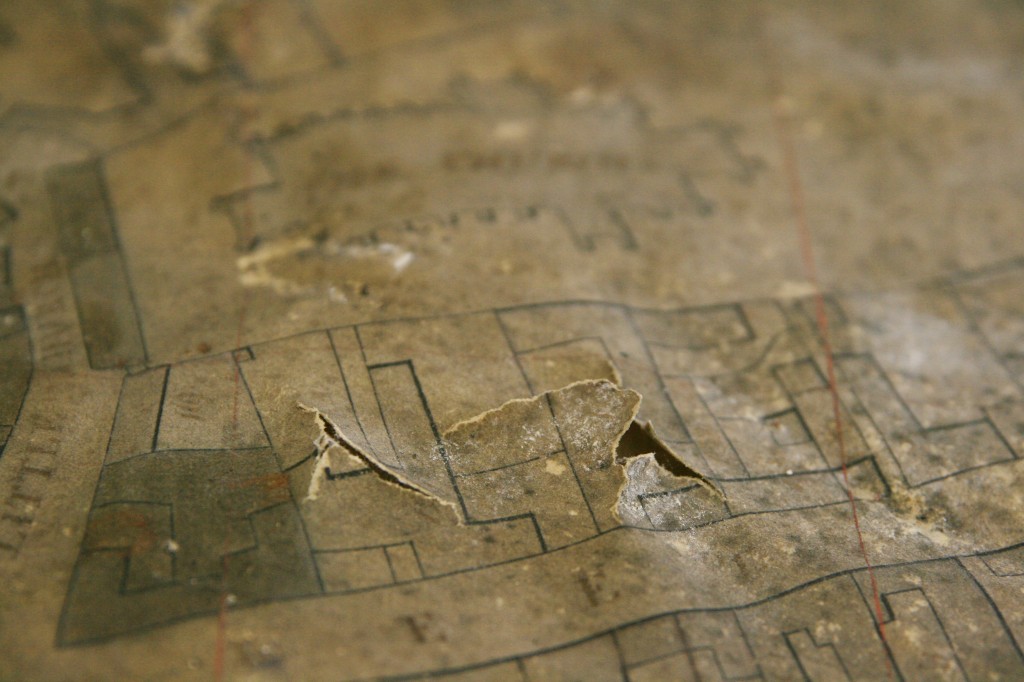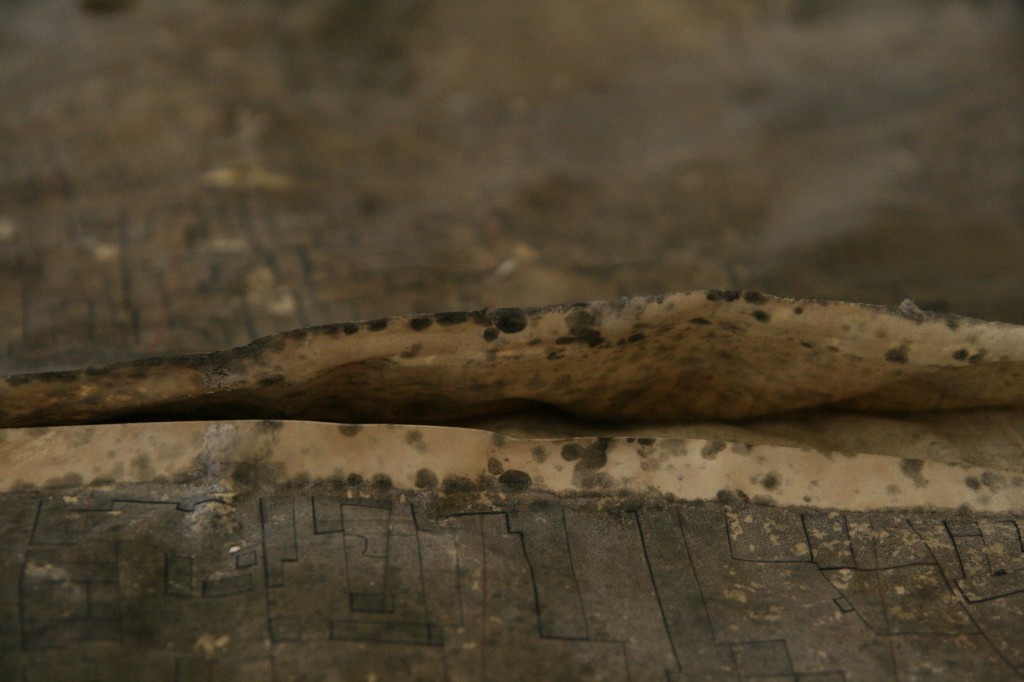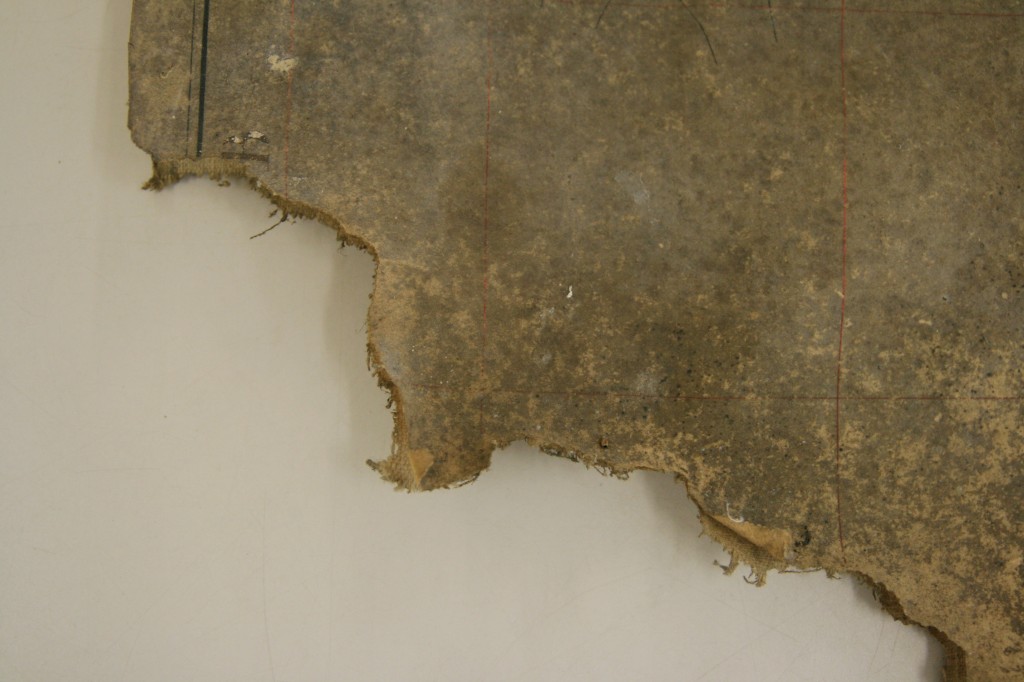Regular Searchroom visitors might have noticed that each month we display a different Document of the Month. November’s selected document is a diary made by John Farmer of Saffron Walden, describing his travels in America between 1711 and 1714 (Acc A13685). Here, Archivist Allyson Lewis tells us about this fascinating document…
The members of the Religious Society of Friends (Quakers or Friends) were early settlers in America, escaping religious and social persecution in England. In America they were similarly persecuted by the Puritans in New England and settled further South in what is now New Jersey. William Penn, a Quaker who was educated at Chigwell School, was granted a huge tract of land which he called Pennsylvania and which became a model for religious tolerance and a refuge for many European sects including Mennonites and the Amish who continue to practice their separate way of life there today.
Amongst the Quakers there is a tradition of asking for permission to travel to witness their faith amongst other people. John Farmer, a Quaker living in Saffron Walden in the early 18th century, asked for permission to travel further than most – to America.
On his return he wrote a journal about his travels, recording meetings with other Quakers. He boarded the Thomas of London bound for Maryland, arriving in January 1712. He went on to North Carolina, Virginia, Pennsylvania, the Jerseys, New York, Rhode Island, and Nantucket Island meeting Friends in local meetings and attending the Dover, New Hampshire Quarterly meeting. He records that many Quakers being pacifists refused to make use of weapons and garrison houses to protect themselves from raiding Indians during the ongoing war and were left unharmed.
While in North Carolina he heard of a Friend who was in dispute with his local meeting in Pennsylvania so moved himself and his family to North Carolina. However he refused to join the local meeting of Friends but settled about 20 miles away amongst “very wicked people” for the sake of “very cheep and good land which they and he forceably took from Indians: whereas he might have bought his land of Indians for an iron pottage pot but would not. These Indians having been much wronged by English French and Pallitins [Palatines, German refugees transported to the colonies by the British government in 1710] did at last com suddenly upon ym and killed and took prisoners as I was told 170 of them and plundered and burnt their houses. Amongst the rest the said Friend was killed as he lay sick in his bed and his wife and 2 young children were carried away captive and indured much hardships. But upon a peace made with ye Indians they were delivered and returned to Pennsylvania.”
The Quakers’ message of equality before God and respect for all was well received by the Indians. Their fair dealing in trade and refusal to carry weapons were also factors in their good relations with the Native Americans. John Farmer had meetings with many Native Americans in Maryland, Pennsylvania and Virginia. He met with a group of natives in Maryland and speaking with the help of an interpreter told them about his beliefs in God, Jesus Christ and the Holy Spirit, “to which ye Indians severall times gave their approbation in their way by a sound.” They followed him to a Friends’ meeting at George Truit’s house in Mulberry Grove near the ‘Poakamoak’ [Pocomoke] River on the eastern shore of Chesapeake Bay.
Another meeting was held in “the Indian king’s palace” near the Susquehanna River about 60 miles west of Philadelphia, where he slept on bear skins on platforms in front of a fire as it was a cold and frosty night.
John Farmer calculated that he had travelled 5,607 miles around North America before he continued his mission in the West Indies where he visited Quakers who had been banished to the Caribbean from New England. He returned to Saffron Walden in 1714.
The diary will be on display in the Document of the Month case in the Searchroom thoughout November, and will be available for searchers to order in due course.

